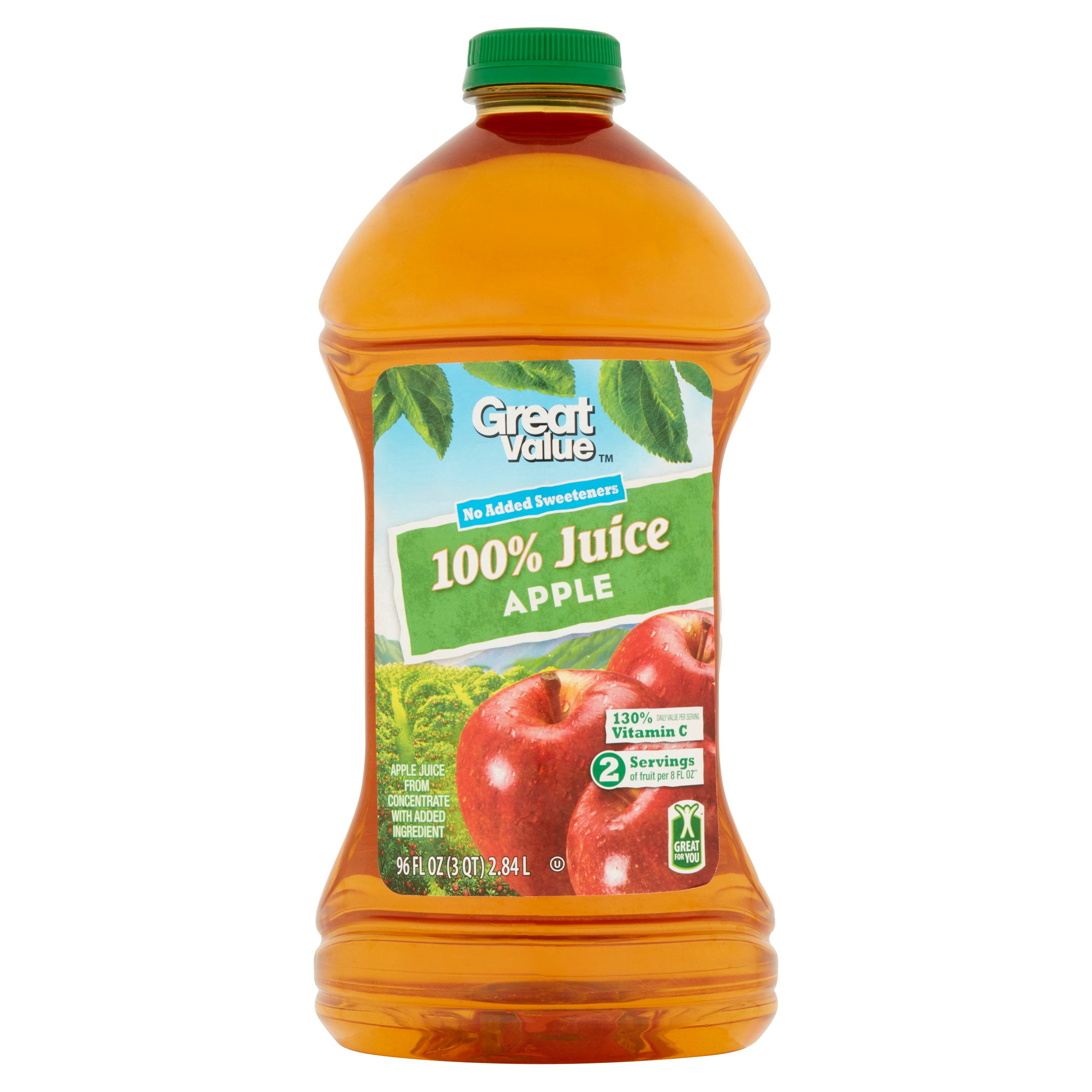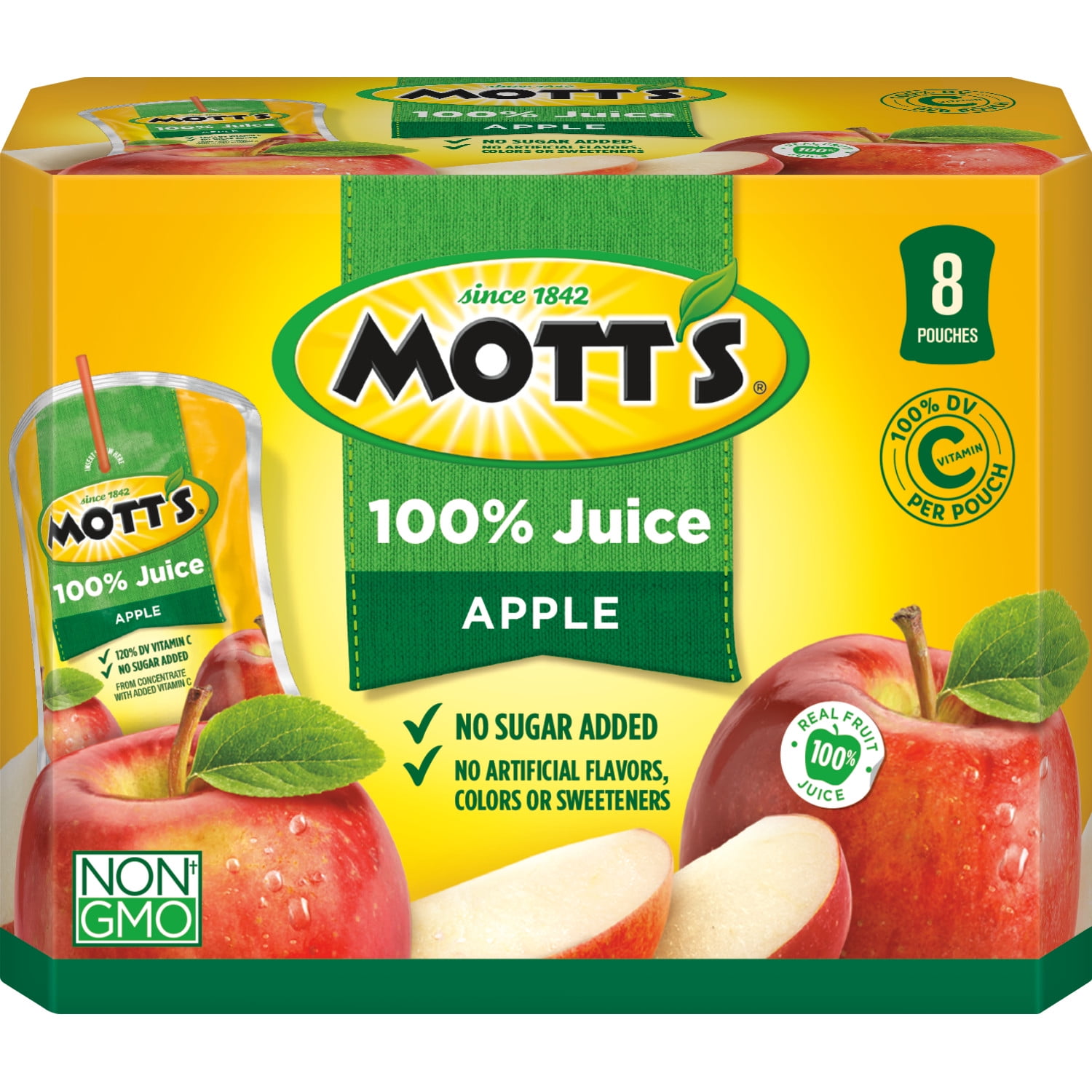

“We’re exposed to these metals so frequently during our lives that it’s vital to limit exposures early on.” “In the course of a lifetime, the average person will come into contact with these metals many times, from many sources,” says Tunde Akinleye, a chemist in Consumer Reports’ Food Safety division who led our testing.

The toxins may also be in the environment, including the water, the air, and the soil. Previous tests from CR and others have found elevated levels of heavy metals not just in juices but also in infant and toddler foods, rice and rice products, protein powder, some types of fish, and sweet potatoes.

Though the risks of heavy metals from any one source may be low, when people are exposed to even small amounts from multiple sources, over time the danger multiplies.Īnd such exposure is common. Depending on how long children are exposed to these toxins and how much they are exposed to, they may be at risk for lowered IQ, behavioral problems (such as attention deficit hyperactivity disorder), type 2 diabetes, and cancer, among other health issues. The harmful effects of heavy metals are well-documented. Here, we look into why heavy metals are dangerous, why so many products have high levels, what manufacturers are doing to lower those levels, and how parents can protect their children-and themselves. The chart below shows the juices we tested and the daily serving sizes that pose potential health risks for adults and children. “Five of the juices we tested pose a risk to adults at 4 or more ounces per day, and five others pose a risk at 8 or more ounces,” Dickerson says. “There is so much development happening in their first years of life.”īut heavy metals can harm adults, too. “Exposure to these metals early on can affect their whole life trajectory,” says Jennifer Lowry, M.D., chairperson of the American Academy of Pediatrics’ Council on Environmental Health, as well as director of clinical pharmacology, toxicology, and therapeutic innovations at Children’s Mercy Kansas City. In 74 percent of those cases, kids drink juice once a day or more.Ĭhildren are particularly vulnerable to the harmful effects of heavy metals. More than 80 percent of parents of children age 3 and younger give their kids fruit juice at least sometimes, according to a recent national Consumer Reports survey of 3,002 parents. The leading country of production is Brazil, followed by the USA.Our test focused on cadmium, lead, mercury, and inorganic arsenic (the type most harmful to health) because they pose some of the greatest risks, and prior research suggests they are common in food and drink.Īnd Americans, especially the nation’s children, drink a lot of juice. Oranges are cultivated in all tropical and subtropical climates. Harvesting oranges is very time-consuming and must be done by hand, since not all of the fruits on a plant are ready for harvesting at the same time. The harvesting period for oranges is between October and December. Orange trees bear fruit ready for harvesting three to four years after they are planted, and produce their greatest yield after 8 years. As a result, even juices labelled “No added sugar” can contain sugar correction. This addition of sugar is referred to as sugar correction and does not have to be indicated on the finished product. In accordance with EU directives 15 grams of sugar may be added per litre of fruit juice, however, if the fruit used does not contain enough sugar because of the weather in the production areas. Orange juice may not contain any additives such as colours or preservatives. Orange juice concentrate has been manufactured since 1945, but the production stages have been continuously improved over the years, as a result of which the storage period and shelf life have increased considerably. This space-saving method of processing orange juice into orange juice concentrate has the disadvantage that around half of the vitamin C contained in the juice is lost, however. This concentrate is therefore also traded as “frozen concentrated orange juice” (FCOJ). The aromas are then added back and the concentrate is frozen for better storage and transportation. To obtain orange juice concentrate, the aromas are first extracted from the fresh juice before it is evaporated to a seventh of its volume. Commercially available orange juices are produced either from direct juice or from concentrate.


 0 kommentar(er)
0 kommentar(er)
